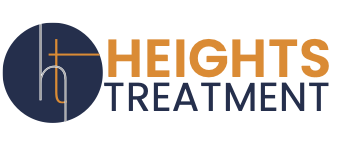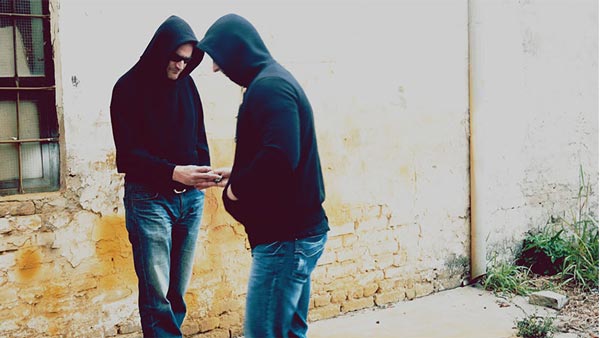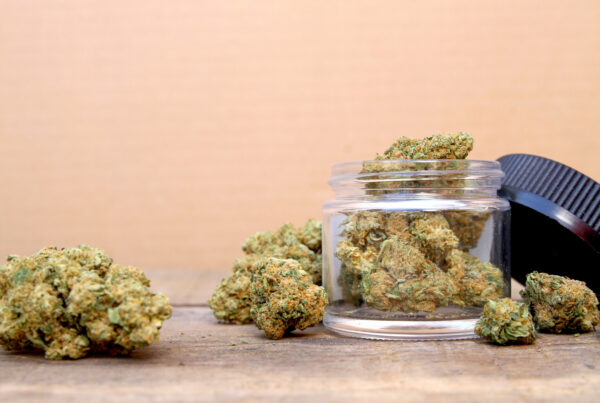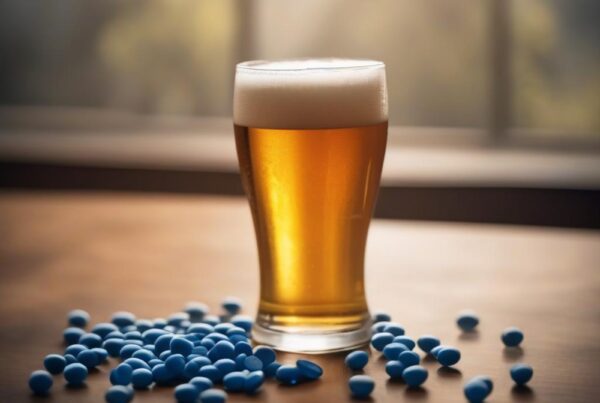How Long Does Fentanyl Stay in Your System? (2025 Guide)
Fentanyl is a powerful synthetic opioid involved in a large percentage of overdoses across the United States. Because fentanyl is extremely potent and often mixed into counterfeit pills or other substances, many people want to know how long it stays in the body and how long it can be detected on a drug test.
On average, fentanyl remains detectable for 2 to 4 days. Some tests can detect fentanyl and its metabolites for much longer depending on individual factors and the type of test.
If you are concerned a loved one may be using fentanyl, review our companion article: How to Tell if a Loved One Is Using Fentanyl: Signs Families Miss.
Fentanyl Detection Times by Test Type
Fentanyl’s primary metabolite, norfentanyl, can remain detectable longer than fentanyl itself. Here are the average detection windows:
| Test Type | Detection Window |
|---|---|
| Urine | 1 to 4 days |
| Blood | Up to 12 hours |
| Saliva | 1 to 3 days |
| Hair | Up to 90 days |
Fentanyl Half Life
The half life of fentanyl ranges from 3 to 12 hours. This means the body eliminates half of the drug within that timeframe. Metabolites such as norfentanyl remain longer and are commonly identified in drug screenings.
- IV or smoked fentanyl: shorter half life
- Pills or powder: absorbed more slowly
- Transdermal patches: approximately 17 hour half life
Factors That Affect How Long Fentanyl Stays in Your System
- Frequency of use
- Dosage
- Body fat level (fentanyl is fat soluble)
- Metabolism
- Liver and kidney function
- Hydration
How Long Do the Effects of Fentanyl Last?
Although the high is short lasting, the risks remain long after the drug’s effects fade.
- Peak effects: minutes
- Duration: 30 to 90 minutes
- After effects: drowsiness, slowed breathing, confusion
Risks of Fentanyl Misuse
Even extremely small amounts of fentanyl can cause life threatening respiratory depression. Because many counterfeit pills contain fentanyl without the user’s knowledge, the overdose risk is extremely high.
- Unconsciousness
- Respiratory depression
- Risk of overdose from tiny amounts
- Rapid dependence and withdrawal
- Confusion or disorientation
If you suspect fentanyl use, read: Signs Families Miss.
Signs of Fentanyl Misuse
- Pinpoint pupils
- Nodding off or drifting into unconsciousness
- Shallow breathing
- Burned foil or powder residue
- Sudden mood swings
- Withdrawing from loved ones
Treatment for Fentanyl Addiction
Fentanyl dependence can develop quickly, but recovery is possible with a structured, evidence based program. At The Heights Treatment, we support adults with comprehensive treatment designed to stabilize, restore, and rebuild functioning.
Our treatment options include:
- Partial Hospitalization Program (PHP)
- Intensive Outpatient Program (IOP)
- Psychiatric Care and Medication Management
- Cognitive Behavioral Therapy (CBT)
- Dialectical Behavior Therapy (DBT)
- Dual Diagnosis Treatment
Additional resources:
If you or your loved one needs help, call (832) 979 3625 or visit The Heights Treatment to schedule a confidential intake.





